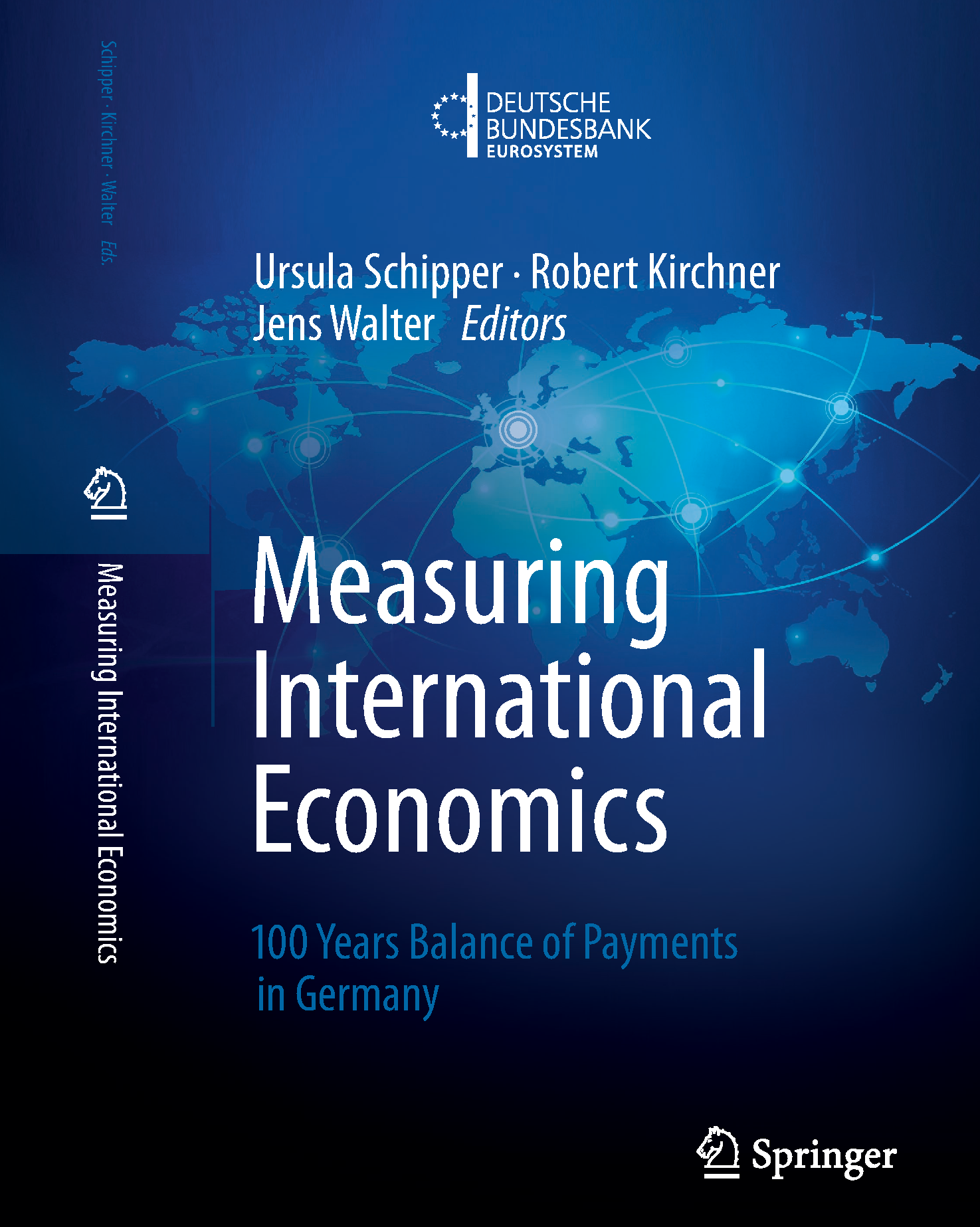Balance of payments
The balance of payments records all economic transactions between residents and non-residents within a specific period, thus revealing the complex foreign trade links between an economy and the rest of the world.
Current data and changes compared with the previous month
-
-
German balance of payments in October 2025
Germany’s current account recorded a surplus of €14.8 billion in October 2025, down €1.0 billion on the previous month’s level.
-
Current account of the Federal Republic of Germany vis-à-vis selected countries and groups of countries
This table provides an overview of the current account and its sub-accounts and can be adjusted for different countries and groups of countries. Under “Further tables,” you will find customizable data sets for all sub-accounts of the current account.
Information on the Federal Republic of Germany’s bilateral relationship with selected countries and groups of countries
If you require data on other countries or country groups, please feel free to contact us directly.
-
100 years of the German balance of payments A review from 1924 to 2024
We will take you on a short journey through history and show you where the balance of payments in 1924 and 2024 are still very similar and where they differ (significantly).
On the occasion of the 100th birthday of the German balance of payments, an anniversary volume was published by Springer-Verlag, which can also be downloaded free of charge at the following link. In this book, international, European and national scientists, statisticians and practitioners describe the development of the balance of payments over the past 100 years. They offer different perspectives for interpreting the figures over time, describe current challenges and take a look at possible future developments.
Springer Nature
Measuring International Economics 100 Years Balance of Payments in Germanylink.springer.com
Download to the anniversary volume
Historical series of figures for anniversary volume "100 years balance of payments statistics"
